Social media is giving Gen Z unprecedented avenues of organization and strategic communication in developing countries, allowing the youth to mobilize in protest and even overthrow governments.
The trend can be observed from Asia to Africa, as a series of uprisings has shaken domestic politicians and shown the growing power of cyber-populism.
The president of Madagascar, Andry Rajoelina, announced on Monday that he is scrapping his government after days of violent clashes between state forces and a surging mob of protesters furious over alleged corruption and mismanaged utilities.
Rajoelina acknowledged the sweeping terminations via televised statement, apologizing to the rioters following multiple incidents of violence from police that reportedly left over 20 people dead, admitting, “Maybe we haven’t lived up to your expectations or listened to your cries or your fears.”
“I understand the anger, the sadness and the difficulties caused by power cuts and water supply problems,” the president said, according to Reuters. “I heard the call, I felt the suffering, I understood the impact on daily life.”
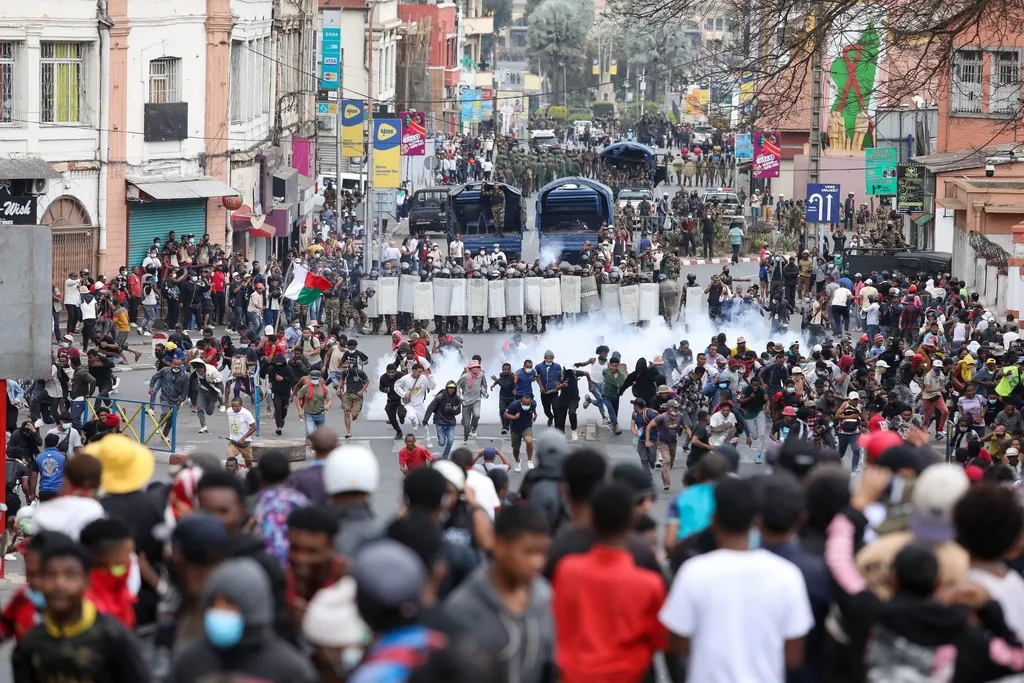
“Your demands have been heard, and I apologize if there are members of the government who have not done the work that the people expected,” Rajoelina added.
Current government ministers, including Prime Minister Christian Ntsay, now serve on an interim basis, and Rajoelina is encouraging the public to submit applications for employment in the new government. The president is projecting a three-day time frame to review candidates to replace his prime minister.
Protesters demanded the resignations of both Ntsay and Rajoelina, but the president has not indicated any intention to step down himself. Protests continue, and it is yet to be seen if the president will be pushed to terminate his own office.
Still, the dissolution of the government marks a major tide shift in the battle in the streets of Antananarivo, the nation’s capital.
Approximately 22 Malagasy are believed to have been killed since Thursday, and approximately 100 more are estimated to have been injured in violent clashes with security forces. Protesters have flaunted curfew restrictions implemented on Thursday, while multiple buildings have been set ablaze, including a public transportation hub.
The protests were primarily driven by the Gen Z age group, which organizes and communicates via social media. Hashtags such as #FreeMadagascar and #GenZMadagascar serve as repositories of firsthand footage from the protests.
Michelle Gavin, a senior fellow at the Council on Foreign Relations, says the internet is crucial to understanding the genesis and execution of these protests.
“I think social media is essential, in part because it’s also part of the way young people are being inspired by some of these other movements around the world,” she told the Washington Examiner. “It’s changing one’s sense of relative deprivation.”
“Not every young Malagasy has access to Facebook — which is primarily the social media platform of choice there — but you just need one friend who has it, right?” she continued. ”And then whatever message about organizing or taking to the streets is passed on through word of mouth. So, social media has definitely played a role in organizing this, much like it has with a lot of the other big youth protest movements we’ve seen around the world.”
Gavin pointed to parallel protests in Kenya, where popular opposition to police brutality, tax hikes, and perceived misgovernance has produced violent clashes between youth and the state.
“For the past two summers, there have been massive protests in Kenyan municipalities … led by young people who are protesting for both lack of economic opportunity and corruption in government — that should sound familiar,” Gavin said. “All these protests seem to have some common threads.”
“The increased urbanization combines with increased access to the organizing capacity of social media to make these movements particularly potent,” she added.
Rudabeh Shahid, a senior fellow at the Atlantic Council, believes that the social media-centric organization of these protests is only the escalation of a trend that began decades ago.
“If we go back in time with the Arab Spring protests, social media played a big part at that point,” she told the Washington Examiner. ”It was the millennials then, it was Facebook, but this time, it’s largely Instagram. And the youth are always, all across the world, they’re very tied to their cellphones, their social media outlets, and that’s how they mobilize.”
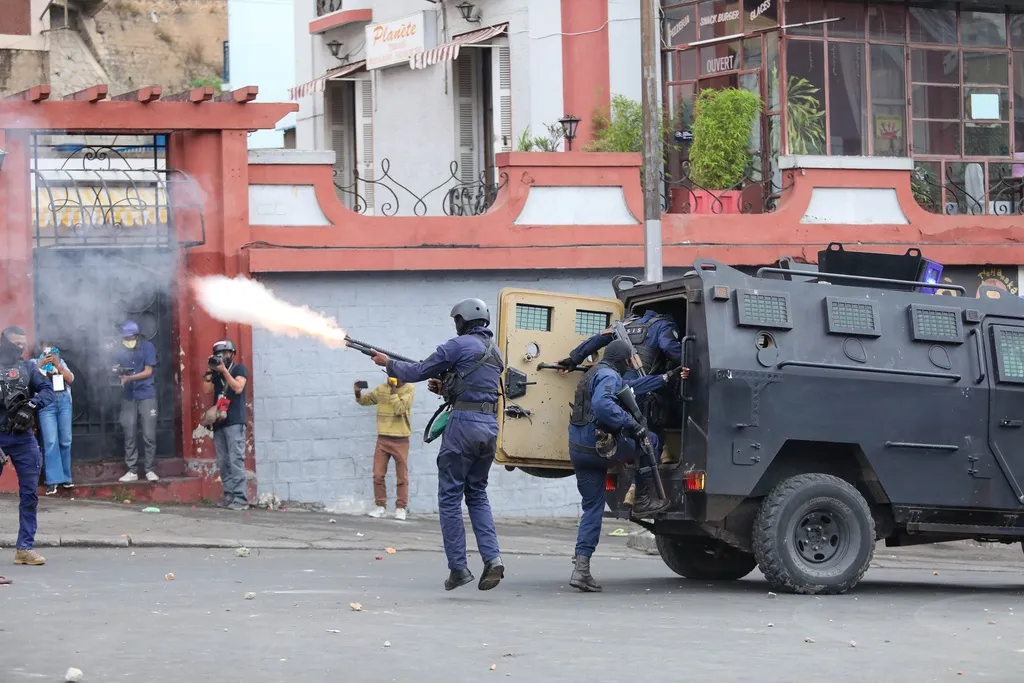
These forceful demonstrations against the government by technologically sophisticated, digitally connected youths in Africa echo a similar upheaval recently seen in Nepal.
Tensions were already high in the South Asian country due to widespread accusations of corruption, embezzlement, and economic mismanagement by successive administrations.
Nepal has been ruled by 14 governments since its monarchy was abolished and it became a democratic republic in 2008. With an average span of just one year in power, there has been little stability and much room for exploitation.
Then-Prime Minister Khadga Prasad Sharma Oli banned a slew of social media apps on Sept. 4 — including Facebook, Instagram, Reddit, Twitter, YouTube, and WhatsApp — for failing to register with the country’s Ministry of Communications and Information Technology.
The crackdown sent Nepalese youths into a frenzy as massive group chats formed on authorized apps such as Viber and recently banned services via illicit access.
Oli’s government rolled back the ban in an attempt to satiate the protesters, but it was too late. The movement only exploited the renewed access to mass communication and redoubled its commitment to forcing the government out.
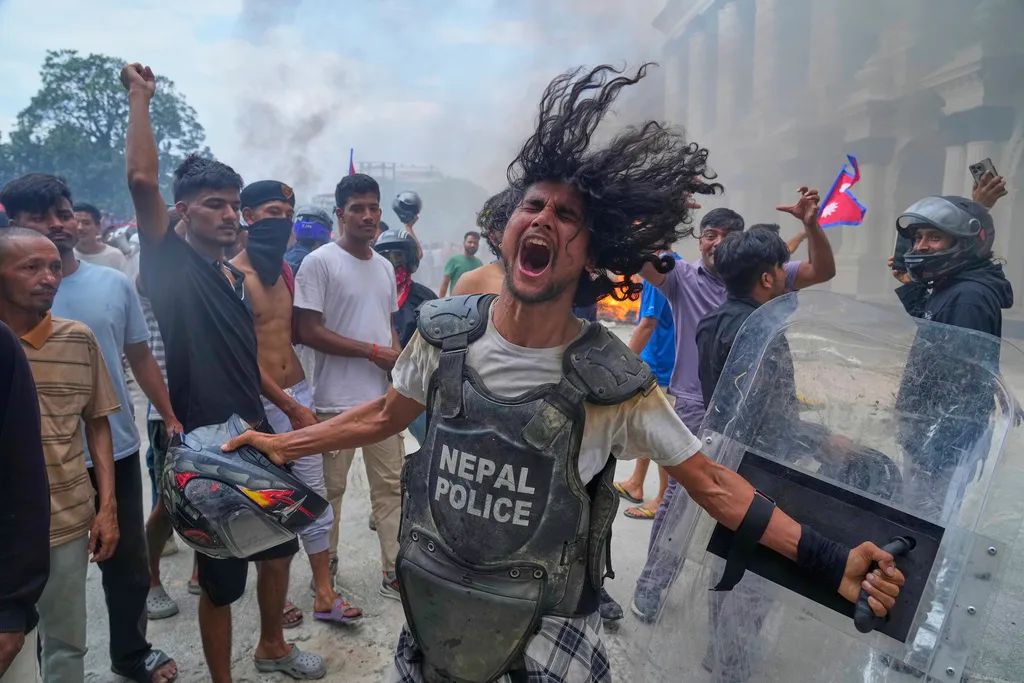
A chat on Discord called “Youths Against Corruption” became the central hub of these communication channels as protests raged across the country. After two days, the Gen Z-led riots successfully pressured Oli to step down.
The Youths Against Corruption channel, which grew to include over 7,500 individuals, was eventually the platform through which the successful revolutionaries voted to install former chief justice Sushila Karki as prime minister.
It is believed to have been the first social media election of a head of government in history, with a more formal election for a long-term leader set to take place in March.
The Nepalese uprising was a major source of inspiration for what is currently unfolding in Madagascar. Malagasy members of Gen Z even borrowed a symbol of the Nepalese movement for their own protests: a modified pirate flag from “One Piece,” the greatest-selling manga series of all time.
The flag is flown by the series’ main characters, a band of pirates known as the “Straw Hats.”
That symbol, a skull and crossbones donned with either its standard straw hat or alternative headwear, is becoming increasingly prominent at protests around the world.
“That got very famous during the protest in Nepal, and young people, they learn from each other’s experiences,” Shahid said.
The Straw Hat Pirates’ motif has been spotted at anti-corruption protests in Indonesia, the Philippines, and France.
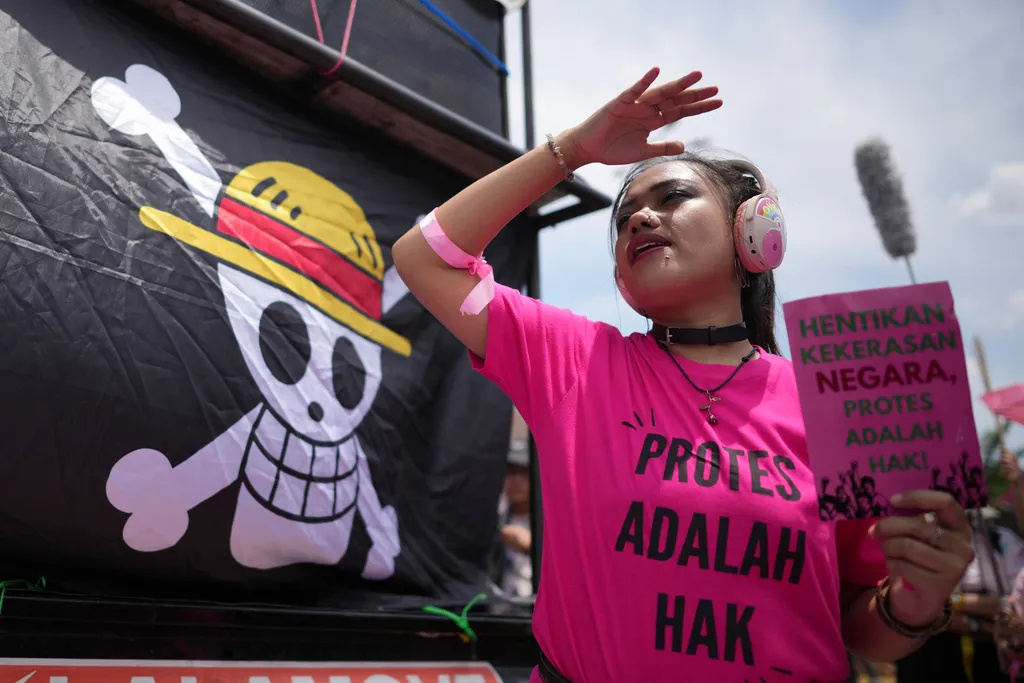
In the United States, the flag was donned as a cape by a protester against Israeli Prime Minister Benjamin Netanyahu’s appearance at the United Nations in New York City.
“What we’re seeing is that the Gen Z protests have been successful in these kind of countries which are not global powers,” Shahid said. “But I think the other major powers in the world, they should also wake up and understand the grievances of the youth.”
“It’s not hard for [young people] to mobilize. We feel that it can happen in a small country, but it cannot happen in a very diverse, spread-out country — this has not been tested, but I think this is the time for policy makers to actually wake up and understand that it’s happening in their neighbors,” she warned.
Perhaps a cautionary contrast to the success of recent memetic movements among the youth is the outcome of the Hong Kong protests against the Chinese Communist Party.
When Beijing proposed an act that would undercut the “One China, Two Systems” agreement between the port city and the rest of the mainland, young people used social media to mobilize en masse against police and military forces.
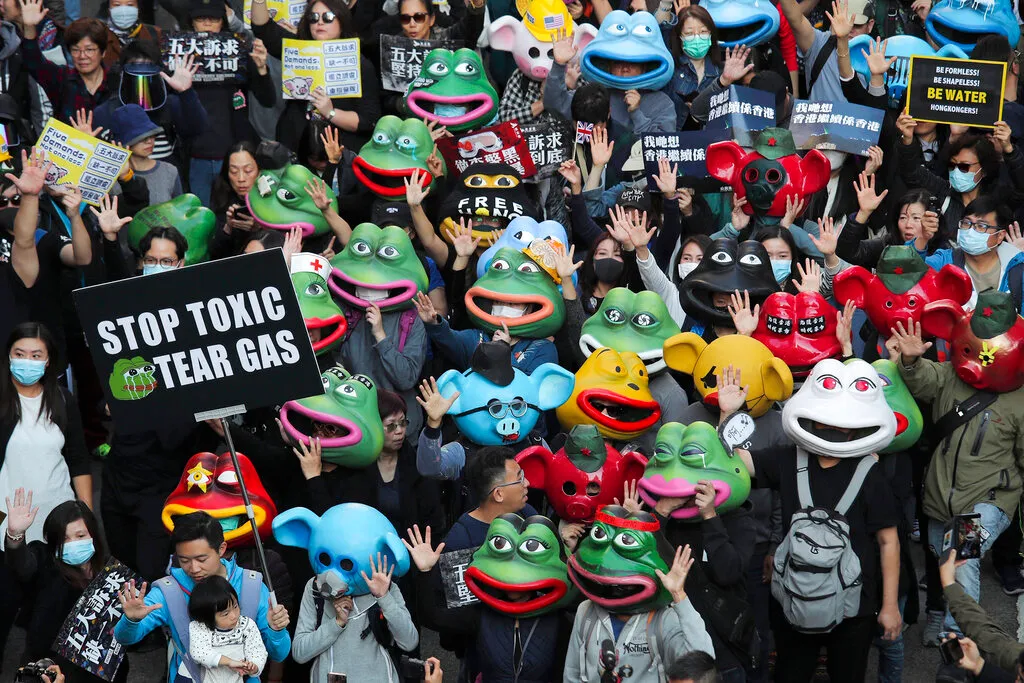
By brandishing memetic imagery such as Pepe the Frog, yellow umbrellas, and a particular stuffed wolf doll from Swedish store IKEA and broadcasting their struggles via online video platforms and social media, the pro-democracy advocates sought to pressure the CCP into relenting.
Beijing did not relent. A methodical, unrelenting prosecution effort against organizers and participants ensued, ultimately leading to the arrest of over 10,000 individuals.
The crackdown forced some into exile and chilled any future plans for mass demonstrations in the city.
Jimmy Lai, a pro-democracy media mogul, remains a prominent prisoner in Chinese custody for his outlet’s support of the movement.

